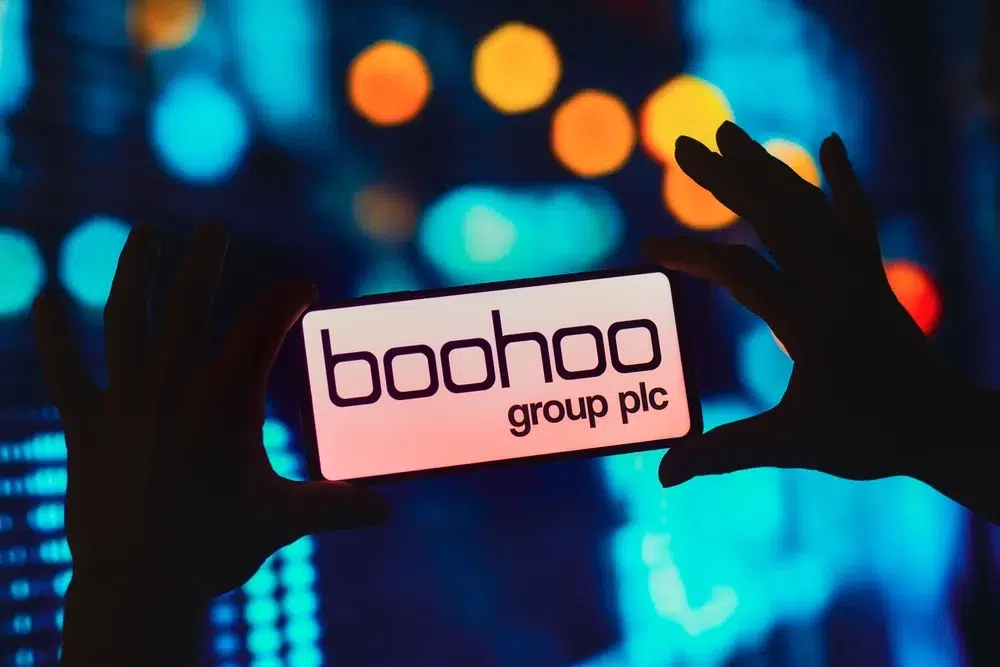“Gone are the days where stores are the forefront of the marketing stage and mobile devices are used predominantly for text messages and playing snake”, says Matthieu Chouard at RichRelevance, an omnichannel personalisation specialist. This couldn‘t more true than at this season‘s ‘Fashion Month‘, where technology dominated the catwalk.
The runway no longer attracts fashion stereotypes, instead technology businesses, financial experts and even politicians are entering the ‘serious‘ fashion scene. Boris Johnson, Mayor of London headed to a Barclay‘s sponsored British Council dinner earlier this month, citing that the trip was crucial to play on Britain‘s “massive strengths”. The US economy has also received a fashion related ‘boom‘, as New York Fashion Week generated more money for the city than last year‘s superbowl – a staggering $900m.
In the UK, fashion is a key sector, supporting 800,000 jobs and generating £26bn for the UK economy per annum. Caroline Rush, CEO of the British Fashion Council, urges businesses to take the sector seriously:
“It is incredibly important because it‘s the showcase of the very best of British businesses to an international audience” she said.
Around £100m in orders are placed at London Fashion Week, while the global attention draws in buyers from all over the world. It‘s crucial that retailers don‘t just focus on aesthetics but strategies on how to maximise their profits over the month.
This year, social media and technology have provided companies with the platforms to truly engage with their consumers. Chouard commented on how “technology outshines fashion at LFW”, with Topshop being a technological highpoint over the five days. “We‘ve seen Topshop using real time data to let passersbys of their billboards know which looks are trending during their catwalk show” he added. The growing fashion retailer, set to develop further in the US this year, used twitter data on large billboards to connect with customers. Those that tweeted one of the trend hashtags, such as ‘#nautical‘, then received a formulated shopping list of items that were already on the shelves with Topshop.
British fashion brands Hunter and Burberry also jumped on the hi-tech bandwagon. Hunter focused on live streaming its shows into major UK high streets and shopping centres, while Burberry used its twitter following to its maximum potential. The British fashion house engaged with followers through its ‘tweetcam‘ which allowed customers to trigger live photographs on the runway. Chouard adds:
“The really smart marketers who have been quick on the draw already have fully responsive interfaces, branded apps to assist product discovery, relevant offer notifications, personalised interactive features and most importantly one click to purchase with recognised secure payment options”.
However, it isn‘t just marketing that has turned technical this month. Clothing has received a futuristic overhaul on the runway. Lauren Bowker, the founder of digital fashion company ‘The Unseen‘, debuted her digital jacket that turns colour based on its wearer‘s brainwaves.
With Apple ready to launch its new multi-tasking digital watch in spring and Swarovski offering sleep tracking jewellery on the high street, fashion is turning technical to market its digital products. Marina Atarova, Co-founder of Dreamstake believes London is the best place to experiment with the trend: “In my opinion, London is the best place in the world for fash tech startups, because of the excellence of the tech and fashion market opportunity and the fact that there is less competition when compared to the US”.

















